Cooling fans are essential components in transformers, designed to enhance heat dissipation and maintain optimal operating temperatures. As transformers operate, they generate significant heat due to electrical losses. Cooling fans ensure that this heat is effectively dissipated, preventing overheating and protecting the internal components of the transformer. By maintaining a stable temperature, these fans help improve the performance and longevity of the transformer.
Frequently Ask Questions
Q. What is a cooling fan used for?
A. A cooling fan is used to reduce heat by improving air circulation around components or spaces, commonly used in electronics, engines, and transformers to prevent overheating and ensure optimal performance.
Q. What kind of fan is best for cooling?
A. The best type of fan for cooling depends on the application—axial fans are ideal for general airflow, centrifugal fans for high-pressure needs, and tower or pedestal fans are best for personal or room cooling.
Q. What is a system cooling fan?
A. A system cooling fan is typically found in electronic devices like computers, where it helps regulate internal temperature by venting hot air and drawing in cool air to protect components from heat damage.
Q. Why are cooling fans important?
A. Cooling fans are crucial because they prevent overheating, improve efficiency, extend the life of equipment, and ensure safe operation of systems like transformers, electronics, and industrial machines.
Q. What is the disadvantage of cooling fan?
A. The main disadvantages of cooling fans include noise, limited cooling capacity compared to air conditioners, potential dust accumulation, and ineffectiveness in very high temperature environments.
Q. Why fans are better than AC?
A. Fans are better than AC in terms of energy efficiency, lower cost, portability, and eco-friendliness, especially in mild climates or well-ventilated areas, although they don’t lower air temperature like ACs do.

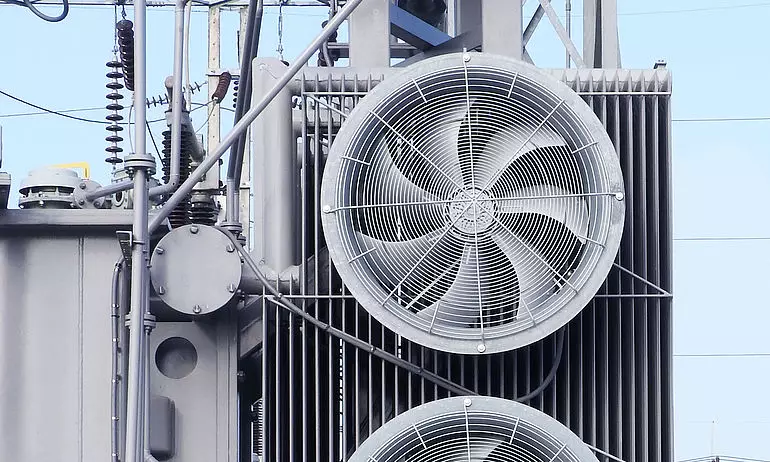
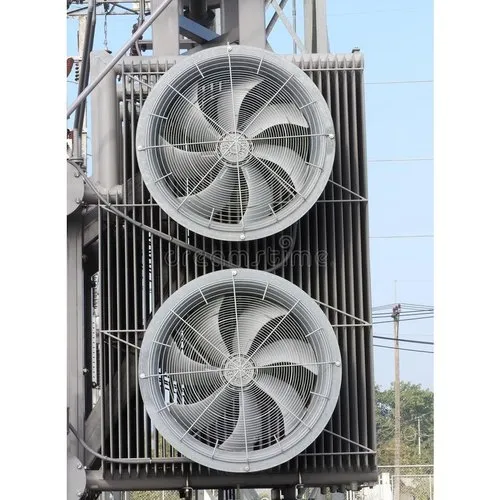
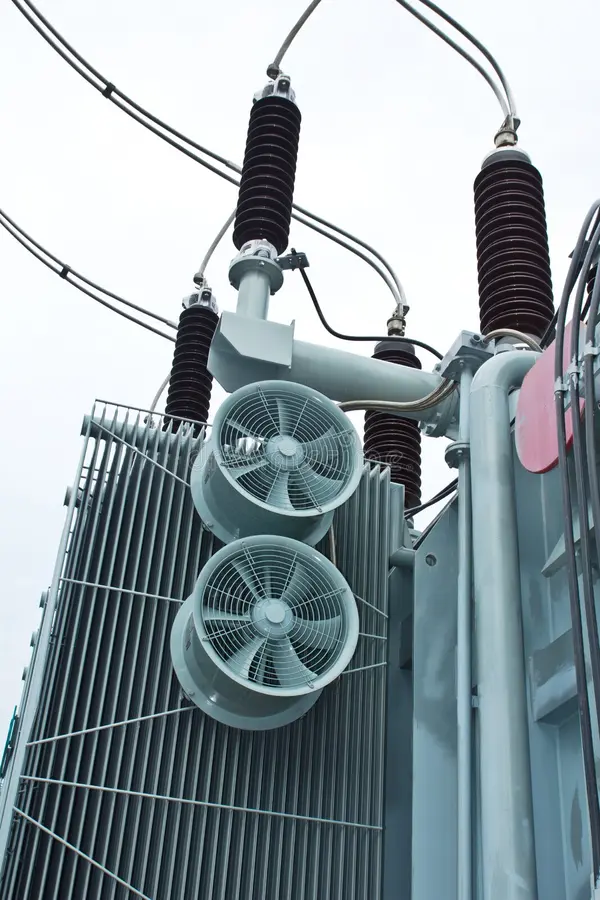
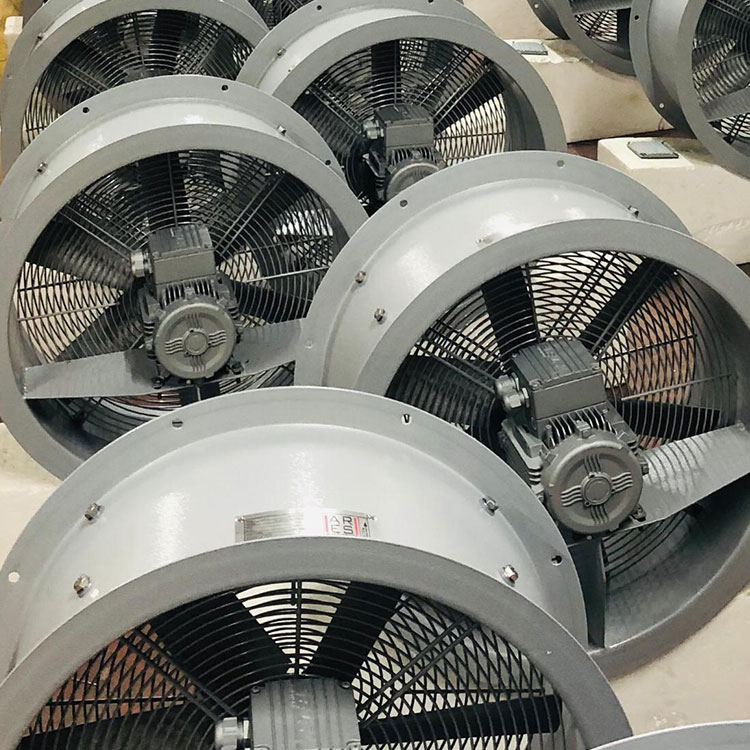

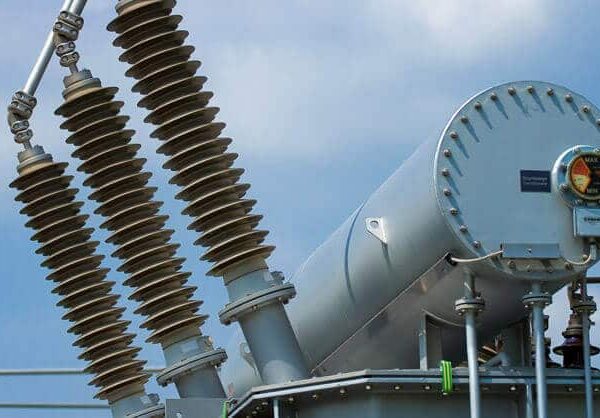

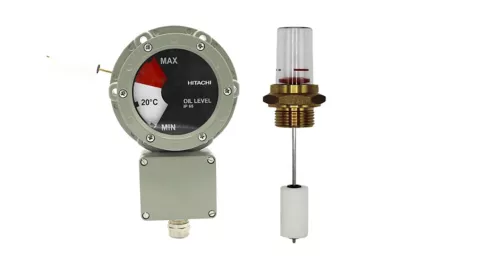
Reviews
There are no reviews yet.